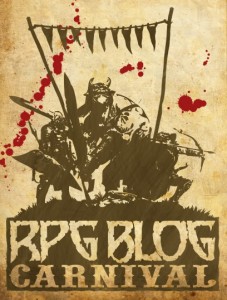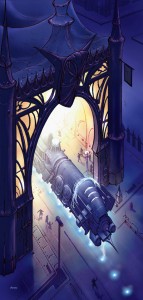How many times has your party faced an encounter that was basically the heroes on one side, the monsters on the other side, and then the two forces bashing each other’s brains in until one side (usually team heroes) ends up destroying all of the opponents? I’d hazard a guess that most players see this kind of encounter most of the time. There’s nothing wrong with it, but if you play a lot of D&D this kind of setup gets really boring really fast.
Encounter design is one of those things that only gets better with practice. To help you get better at encounter design we’ve listed a few tips that we think all DMs will find useful. There are plenty of ways to make a regular encounter more interesting and more exciting. Little things that the DM can add or actions the DM can have the monsters take beyond just rushing the PC and try to kill them. Most of these tips will likely seem like common sense, but seeing them listed should remind DMs that using any or all of these tips can easily put an end to boring encounters once and for all.


